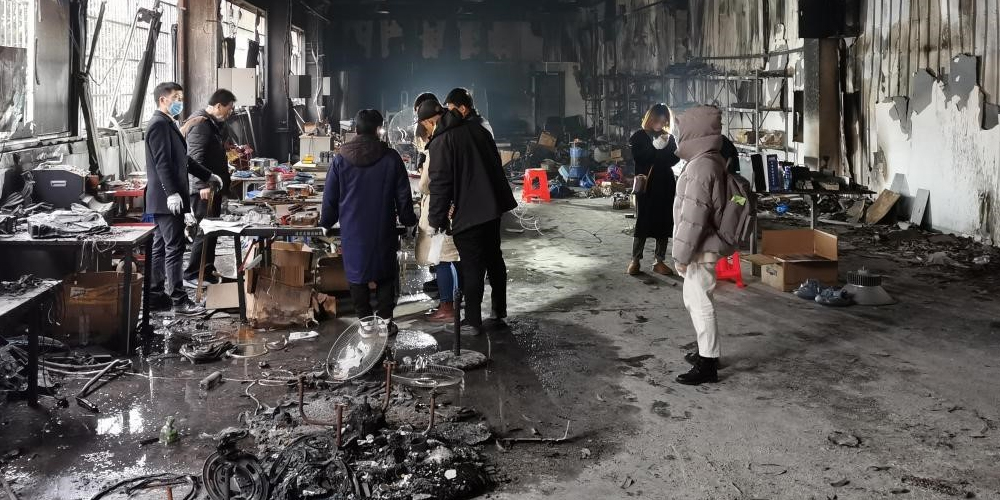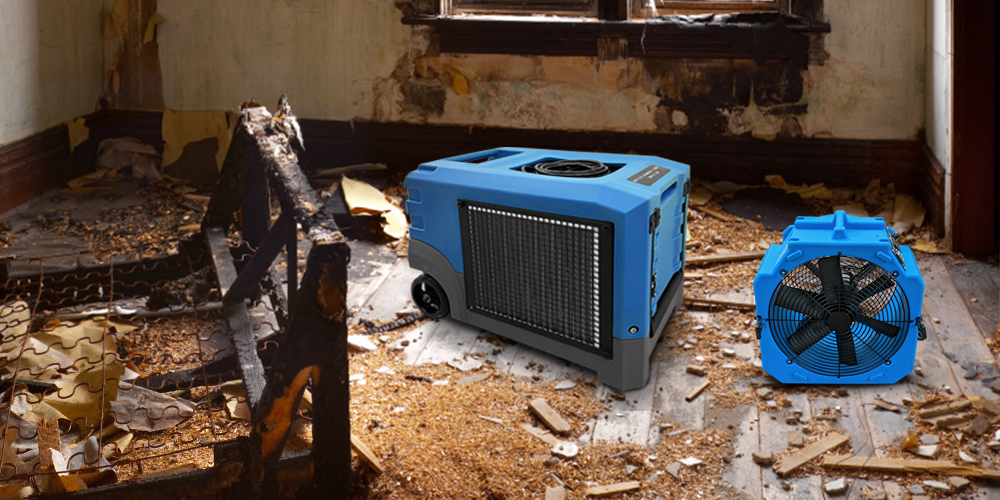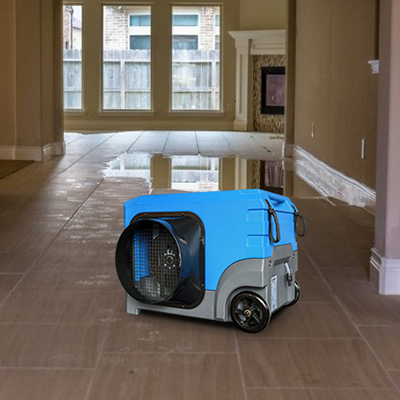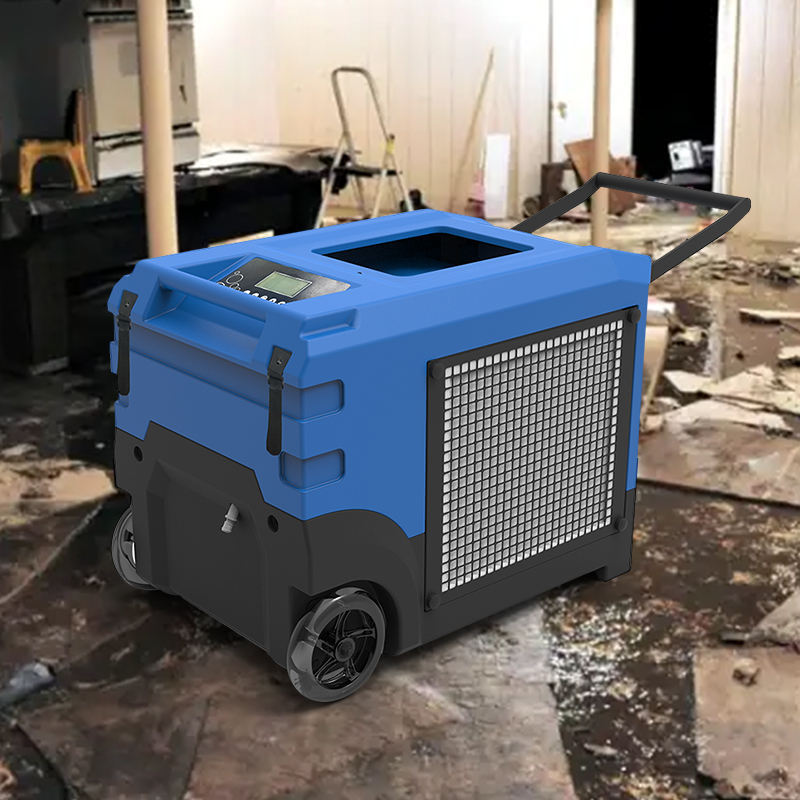Using an LGR dehumidifier is an important part of the fire damage restoration process, as excess moisture in the air and surfaces can lead to further damage and mold growth. Here are some important things to know about using a dehumidifier for fire damage restoration:
1. Choose the right type of dehumidifier: There are several types of industrial dehumidifier available, including refrigerant, desiccant, and low-grain refrigerant dehumidifiers. Each type has its benefits and limitations, it is recommended to use an LGR dehumidifier for fire damage. If you want to buy LGR dehumidifiers for sale, contact Preair for more information about fire damage restoration.
2. Place the dehumidifier strategically: The dehumidifier should be placed in an area where it can effectively remove moisture from the air and surfaces. It's important to ensure that the airflow is not obstructed and that the unit is not in danger of being damaged by any remaining debris or hazards.
3. Monitor the progress: The restoration company should regularly monitor the moisture levels in the property using specialized equipment, such as moisture meters and hygrometers. This will help them determine if the dehumidifier is working effectively and if any adjustments need to be made.
4. Clean and maintain the dehumidifier: It's important to regularly clean and maintain the dehumidifier to ensure that it is working properly and to prevent any mold growth. The instructions for cleaning and maintenance of the dehumidifier manufacturer should be obeyed.












